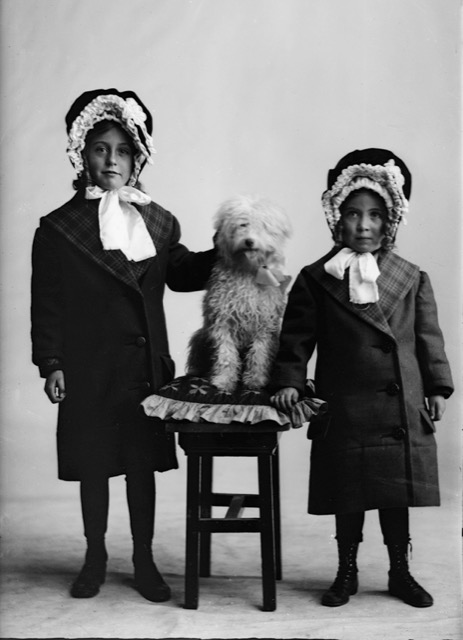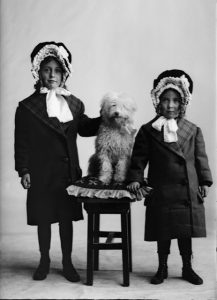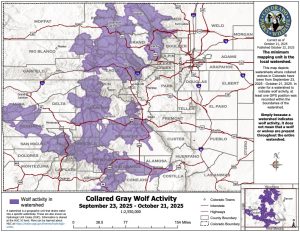Willoughby: Bee in your bonnet

Groscurth Collection/Aspen Historical Society
You don’t often hear anyone using the phrase “bee in your bonnet” these days, reasonable since it goes back to 1600’s Scotland. Beekeepers wore large bonnets to shield themselves from bees. However, it was still a popular comment about someone’s temperamental display in 1880s-90s Aspen when bonnets were still a popular fashion statement.
The key component of a bonnet, compared to hats, was that they covered the ears, and the top was high above the eyes. Some, like “poke” bonnets, extended beyond the face in a large circle primarily to cover all hair. One style, opera bonnets, popular in Aspen, were designed for more formal events and were colorfully decorated with flowers and feathers.
The first mention of bonnets in The Aspen Times was in 1883, a reprint from Harper’s Bazaar about the spring fashion trend with “colorful ribbons and flower designs.” Their popularity is evident from the frequent humor notes in the paper, like in 1884: “A lady can purchase a bonnet for a dollar, but she prefers a bonnet for $10 — that’s fashion.'”
More (sexist, in today’s terms) humor items: “A woman may not be very far-sighted in business matters, but she can diagnose the trimming of a bonnet as far as ‘a man can smell.'” Or, Husband: ‘That’s a very becoming bonnet, my dear'” — Wife (sarcastic tone): “Oh, yes, becoming very old and decrepit.” And one more: “A shower that spoils a woman’s new bonnet is a rain of terror.”
A major carrier of bonnets in Aspen was Hunt and Company on Hyman Avenue. Hunt, in 1886, advertised bonnets in felt, beaded, and velvet goods and offered the services of a milliner who could “produce any style of bonnet to order.”
Bonnets sold for about $.75 to $2.00 ($20 to $55 in today’s dollars), but many women made their own and their daughters’ bonnets. Stores like Hunt’s offered material and especially decorating items like colorful ribbon. One store, The Chicago Bazaar, offered decorating material for free if you purchased a bonnet.
Some decorations became controversial in the late 1880s, as this report from England suggests: “Has it ever occurred to you that in buying a bonnet a woman may reveal much of the bent of her thoughts? The coarser-fibred do it themselves with the little feathered corpses.” Some had escalated from decorating with feathers to using whole birds like in an article described as “a blue plush bonnet with a seagull and loops of blue and grey velvet.”
Madame Clark’s, located right next door to the post office, offered an “elegant opera bonnet” for the lady who bought the most from the store in December. That same year, 1889, Hunt’s let women know they had just received 200 pieces of bonnet ribbons from New York for decorating their hats during the Christmas season. C.E. Nobel’s offered a Normandy bonnet in cashmere.
If you traveled often, The Aspen Times ran a piece advising how to pack a trunk. It even listed a bonnet: “If a bonnet is to be included, pack it in a paper box that is as small as possible.”
There was even a mining claim in Aspen named the Iron Bonnet.
Tim Willoughby’s family story parallels Aspen’s. He began sharing folklore while teaching at Aspen Country Day School and Colorado Mountain College. Now a tourist in his native town, he views it with historical perspective. Reach him at redmtn2@comcast.net.









